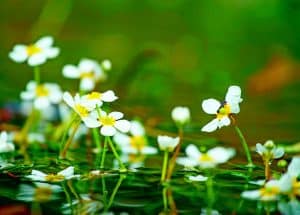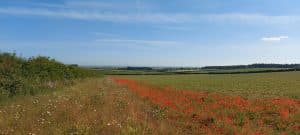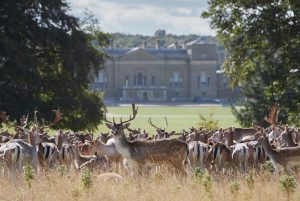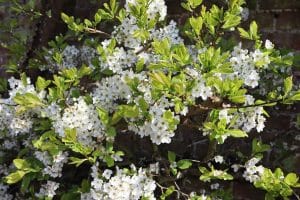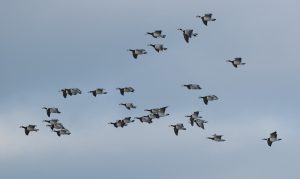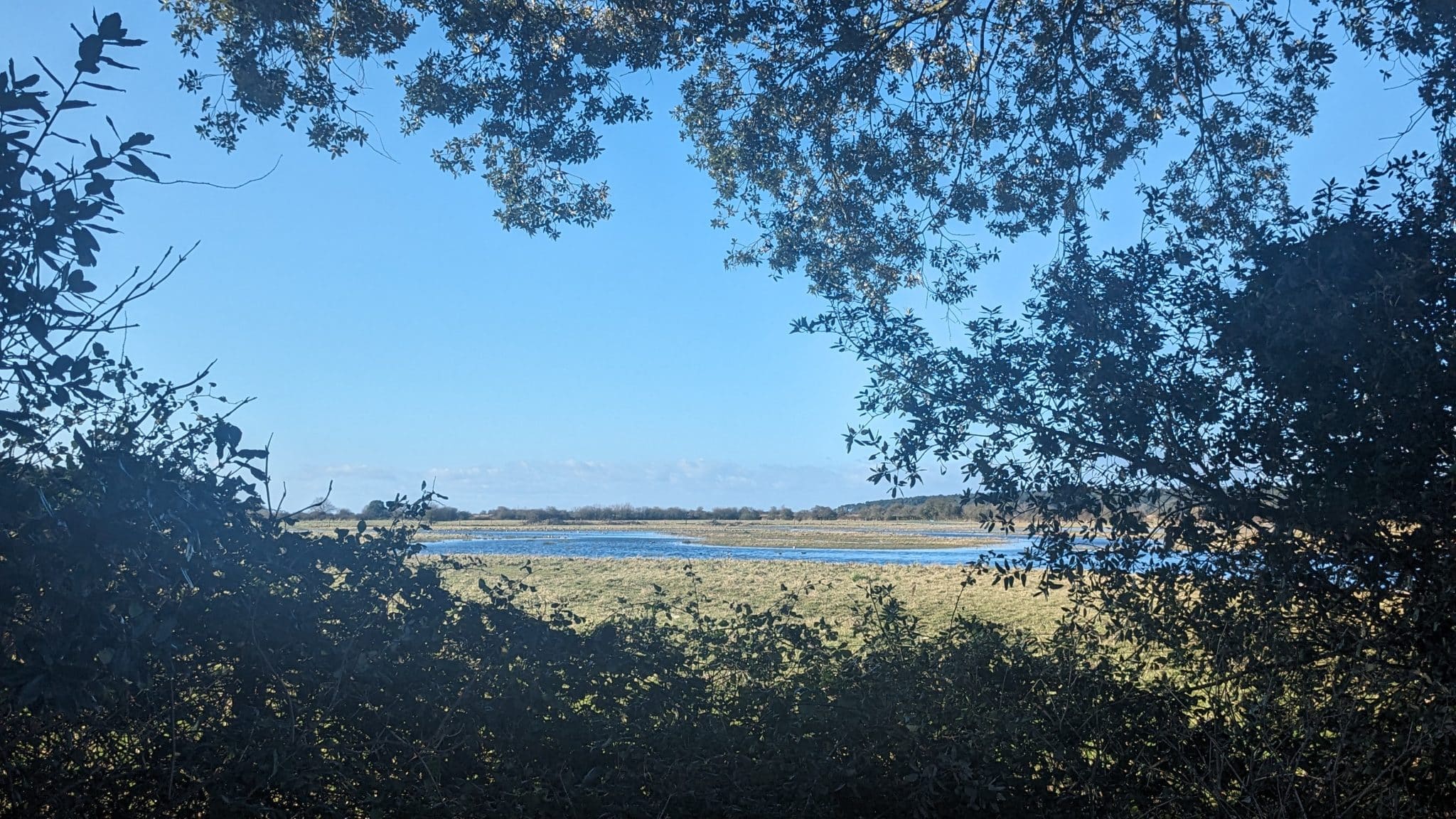
What’s happening at Lady Anne’s Drive? An update, February 2024
February 26, 2024 | Nature news | 3 minute read
You may have noticed – or notice next time you visit Holkham Beach – that some trees have been cut down on Lady Anne’s Drive. Given the environmental importance of trees, you’re bound to wonder why we at Holkham – an estate committed to being as sustainable as possible – is doing this. We hope our explanation below clarifies our reasoning and assures you that this is for the benefit of the wildlife and ecosystem at Lady Anne’s Drive.
The Poplar trees that lined the drive were planted after the 1953 floods, replacing the dead or dying Holm Oak (Quercus Ilex) trees. At the time, the rationale for planting this fast-growing and robust species was that it would cover the cars parked along Lady Anne’s Drive, to provide shade and a more pleasing view.
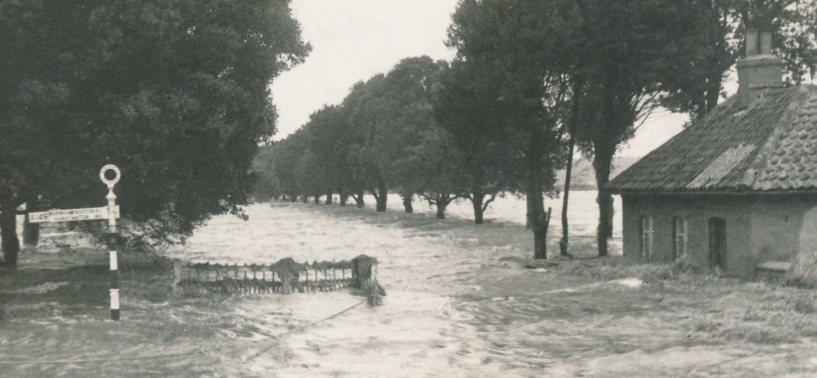
Lady Anne’s Drive in the 1953 floods
However, these trees are now in decline due to their age, the nature of the species, ground pressures and years of harsh exposure. These deteriorating trees now pose a safety risk to the people, dogs and horses walking and driving beneath them.
We are gradually removing these Poplars and replanting the drive with alternative, native trees and shrubs such as Hazel, Hawthorn and Field Maple. This replanting will ensure that a robust ecosystem is created for wildlife, as well as a foraging route for bats.
It will also ensure we fulfil our duty of care to our visitors.
Our Forestry team has been granted a clearfell licence to remove all of the Poplar trees along Lady Anne’s Drive as part of a felling licence, authorised by the Forestry Commission, with consultation from other stakeholders including Natural England, North Norfolk District Council, Norfolk Coastal Partnership and Historic England.
This process will be staged. The tree removal will be like a thinning, removing trees evenly along the drive. This will help us to mitigate the aesthetic impact of felling, and allows appropriate replanting within the gaps created. It also maintains a significant vertical element for biodiversity. Lady Anne’s Drive is a very busy bat corridor, which we are committed to both protecting and promoting.
We have had ecological surveys undertaken to collect data and to assist with mitigation management.
The timber will be retained for use in our biomass boilers, heating Holkham Hall and its surrounding buildings and The Victoria. The rest of the tree will be chipped on site and sold to power stations. The stumps will be left in situ, which protects carbon storage and retains habitat for the Poplar Hornet Moth.
The final trees will be felled as phase five, in February 2025. The current planting will have grown by then, and the rest of the trees will be removed in similar fashion.
We hope this answers any questions you might have regarding the felling on Lady Anne’s Drive. Find out more about our commitment to land management and conservation here.
Back to Journal Back to Journal